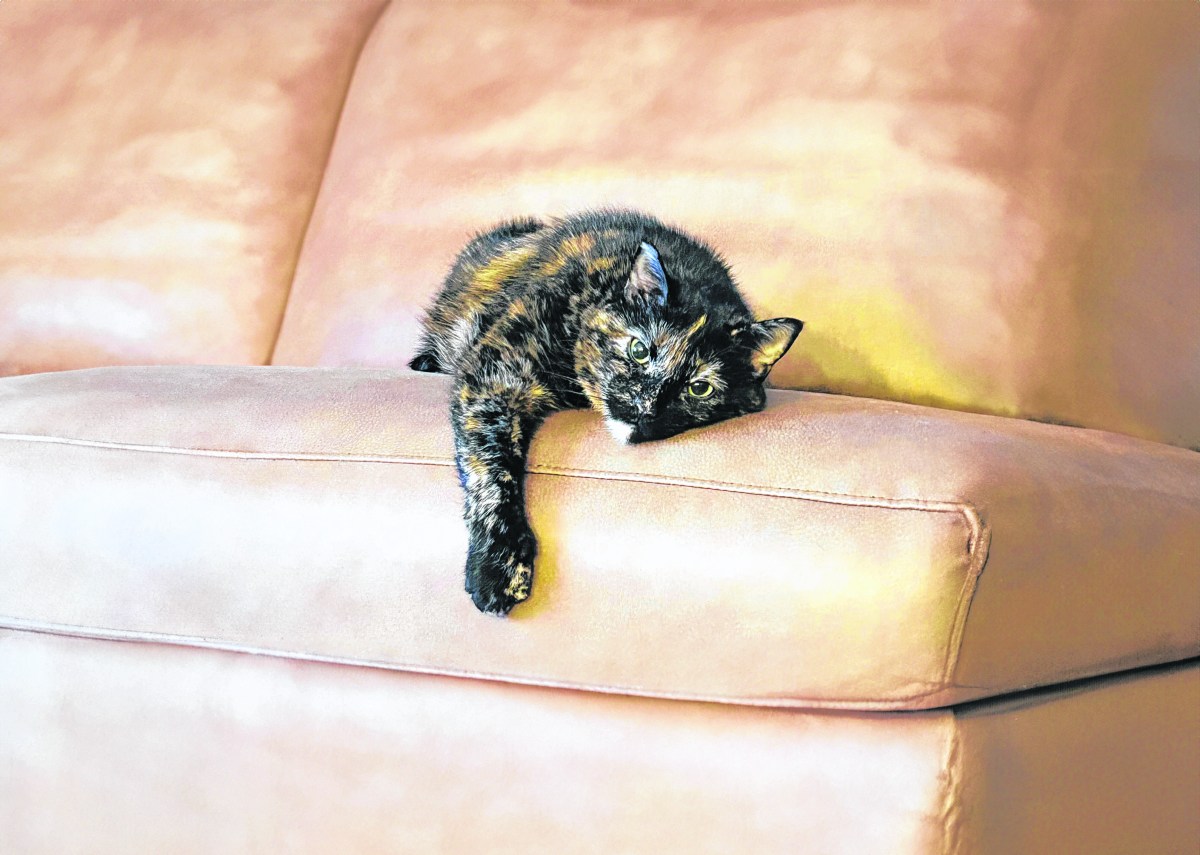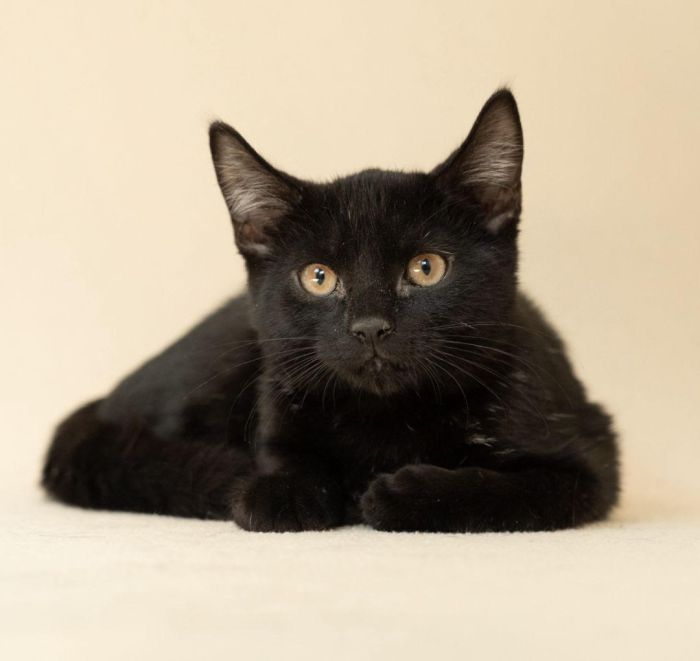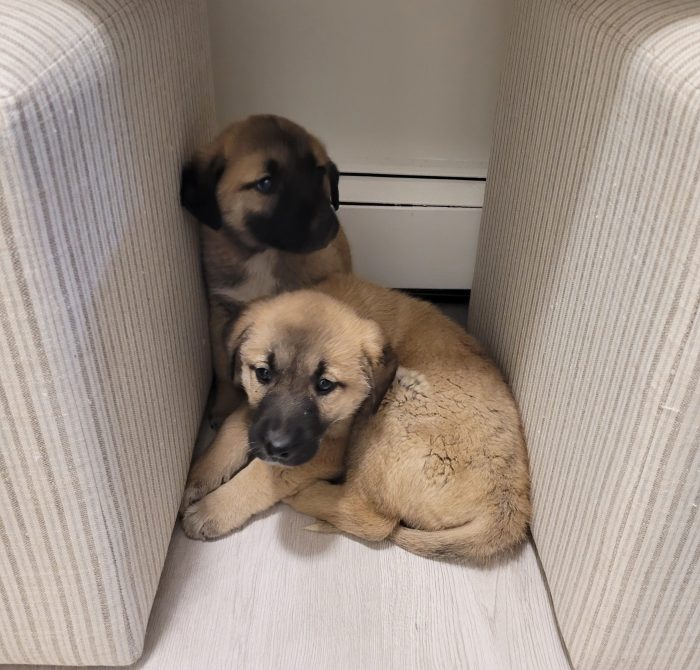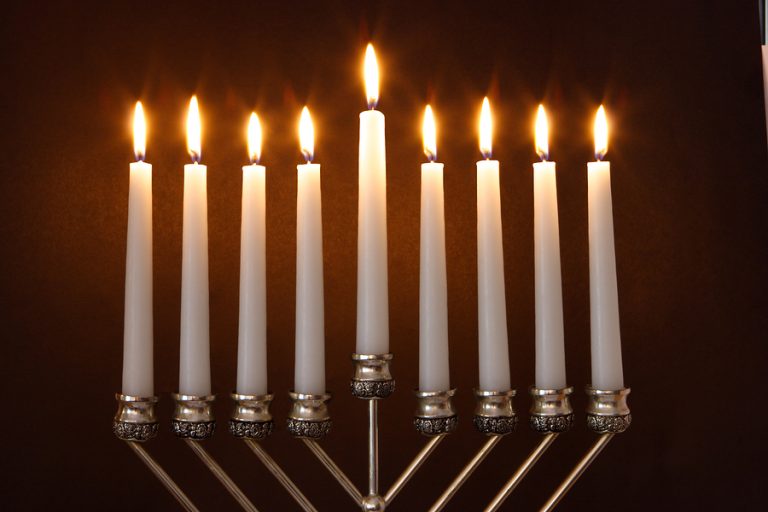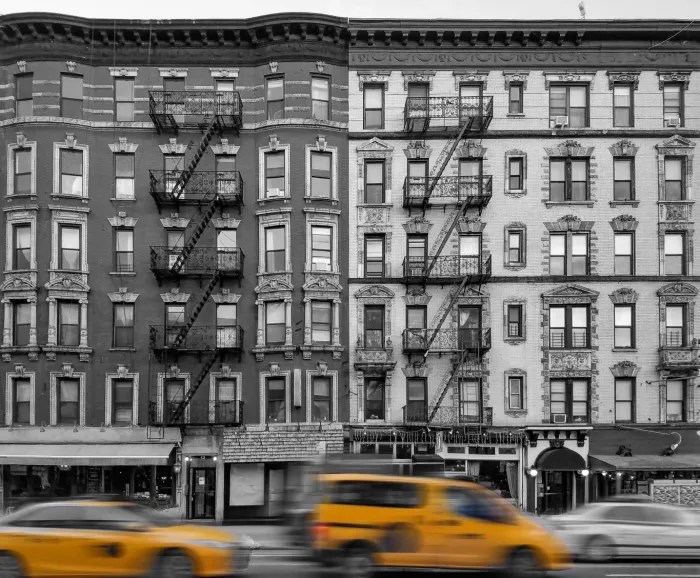Selecting the purrfect cat litter can be a “litter-al” game changer for both you and your feline friend. With so many options available, it’s important to understand the characteristics, benefits, and potential drawbacks of some of the most common types of cat litter: clumping clay, non-clumping clay, silica gel crystals, and all-natural varieties.
Many animal rescues, including Tender Loving Cats, Inc. in West Babylon, agree that choosing cat litter is often a matter of personal preference. Rebecca Caro, president, and volunteer, Dana Demetres explain that the cats available for adoption at their PetSmart adoption center use only non-clumping pellet paper, which is typically a cleaner and bacteria-free option that can be easily swept up. Non-clumping litter is also a must for kittens under 8 weeks old because if ingested, clumping litter can get stuck in their digestive tract and create obstructions, which can lead to death.
At home, cat parents tend to choose some form of clumping litter, whether it’s clay, sand, or silica. This type of litter forms solid clumps when wet, making it easy to scoop. Longtime cat adopter and Plainview resident Jonathan Sackman, and his cat Sprinkles, prefer the scented varieties. “I find it easiest to clean and maintain, offers excellent odor control and is now available in lightweight versions, making it easy to bring home and carry out,” says Sackman. While this is the most popular litter type, it can generate quite a bit of dust, which can cause respiratory issues for sensitive cats and owners. And because these are generally nonbiodegradable products, they can have a negative impact on the environment.
Non-clumping clay litter, often made from absorbent clay materials, does not form clumps but absorbs moisture instead. It’s usually less expensive than its clumping counterpart but requires frequent complete changes, as urine can pool at the bottom. For longer-lasting litter that requires less frequent changes, consider silica gel crystal litter, which is made from silicon dioxide. The crystals trap moisture and can last longer between changes compared to other litter types. However, silica can be costly, and some cats may have difficulty with the texture.
A more natural option is biodegradable litter made from materials such as wood, corn, wheat, grass, or walnut shells. These eco-friendly options are becoming increasingly popular due to their sustainability.
No matter what type of litter you choose, the best choice is one that keeps your cat comfortable and your home clean and odor free.



